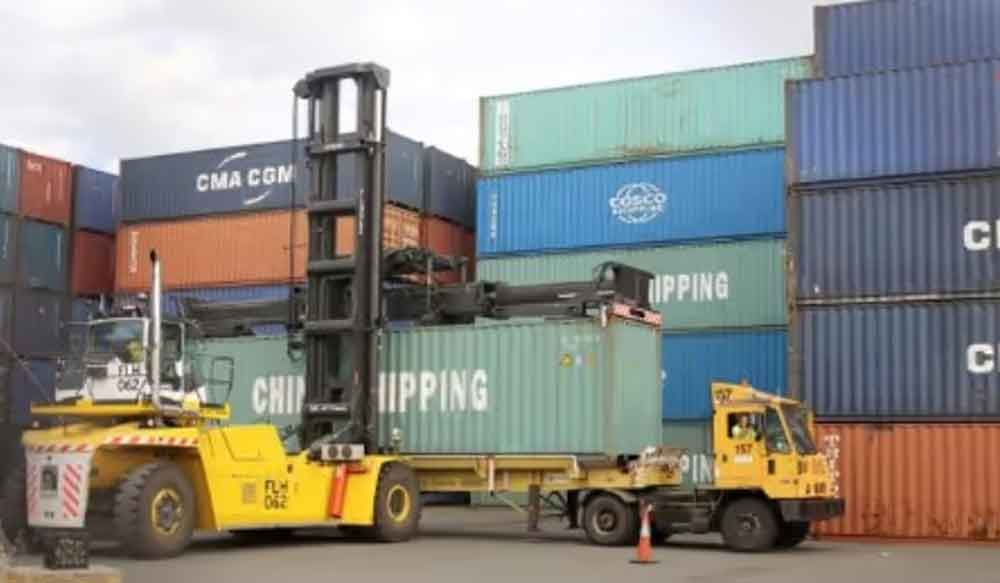SYDNEY- Australia’s surplus on trade goods rebounded in April as imports took a dive after several months of gains, though exports of iron and coal also softened, data showed on Thursday.
The Australian Bureau of Statistics reported the balance on goods rose to A$6.5 billion ($4.34 billion), from a downwardly revised A$4.8 billion in March and topping market forecasts of A$5.4 billion.
Exports fell 2.5 percent to the lowest since late 2021, with prices and volumes of iron ore and coal both easing. Imports dropped a steep 7.2 percent , with pullbacks seen in computing gear, clothing and processed industrial supplies.
Australia has gone from a leader of the pack in commodity exports to a laggard, as prices of resources more dependent on China struggle to build momentum.
China is the world’s biggest importer of crude oil, iron ore, coal, liquefied natural gas (LNG), copper and lithium, among other more minor commodities.
Australia is the world’s largest exporter of iron ore and lithium, and ranks second in coal and LNG.
Australia was also a major beneficiary in the spike in prices for many commodities, including coal and LNG, that occurred in the wake of Russia’s invasion of Ukraine in February 2022.
But now the tables have turned somewhat, and it appears that commodities with a greater exposure to China are struggling more than those without.
The contrast is illustrated by the differing fortunes of two of the world’s biggest and most important commodities, crude oil and iron ore.
Iron ore contracts traded in Singapore ended at $105.97 a metric ton on Tuesday, and are down 26.2 percent from their recent peak of $143.60 on Jan. 3.
While China is the world’s biggest importer of both of these commodities, its imports of crude are just over 10 percent of total world demand, while it absolutely dominates iron with a share in excess of 70 percent of seaborne volumes.
China’s demand hasn’t been much of a factor driving crude oil prices this year, rather it’s been a combination of output cuts by producer group OPEC+ and geopolitical tensions caused by the ongoing Israel-Hamas conflict, which has drawn in other regional actors such as Yemen’s Iran-aligned Houthi group.




